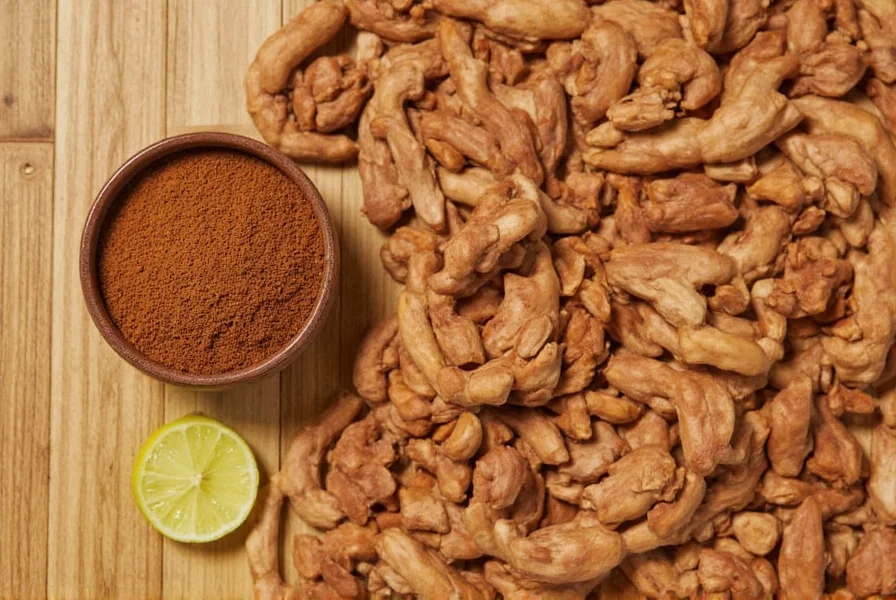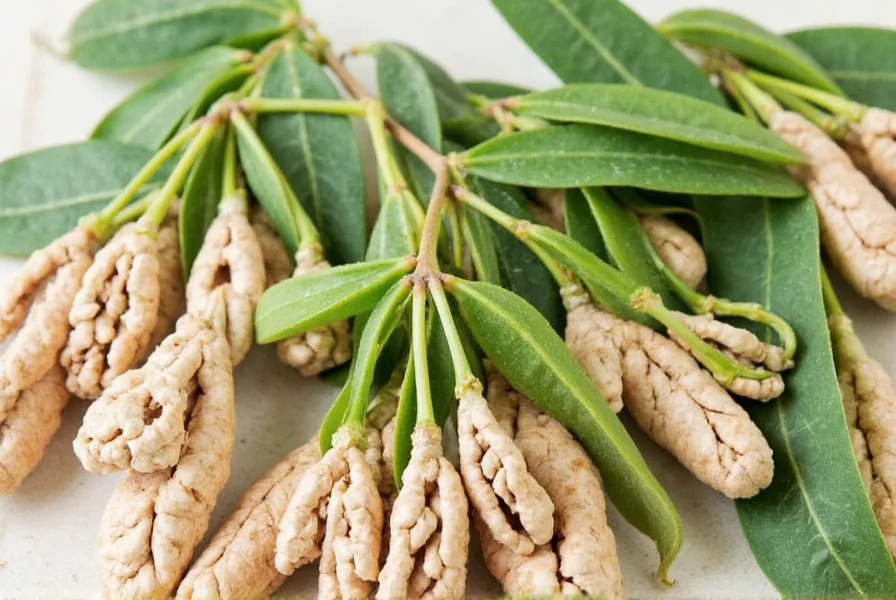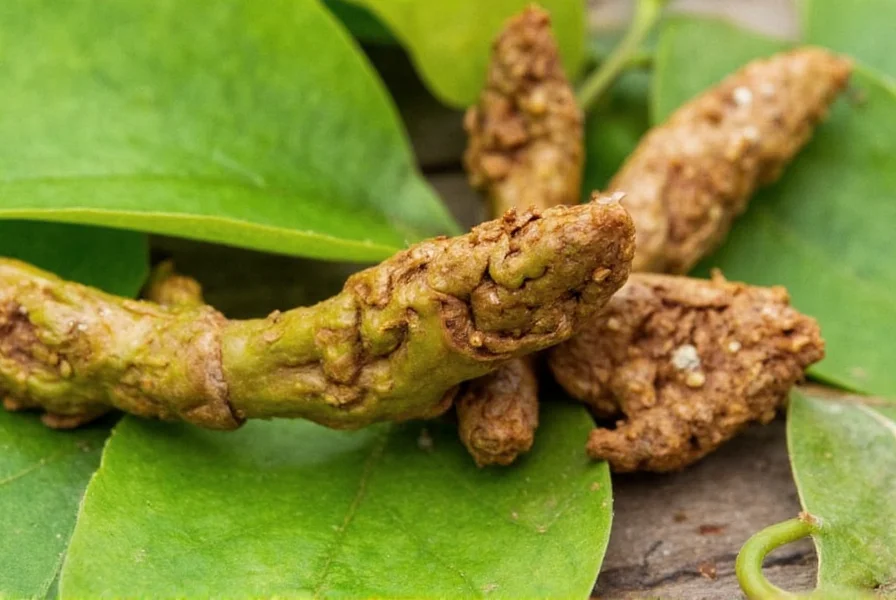Awapuhi wild ginger has gained significant attention in natural hair care circles for its unique properties that promote healthy hair without the damaging effects of conventional shampoos. Unlike common ginger (Zingiber officinale), this specific variety contains a gel-like substance within its flower cone that creates a natural cleansing lather while delivering essential nutrients to the scalp and hair strands.
Botanical Background and Identification
Zingiber zerumbet belongs to the Zingiberaceae family and thrives in tropical climates throughout Hawaii, Polynesia, and Southeast Asia. The plant features:
- Distinctive cone-shaped inflorescences that transition from green to red as they mature
- Large, glossy leaves growing up to 3 feet long
- Rhizomes that produce a clear, viscous liquid when cut or crushed
- Grows 3-5 feet tall in shaded, moist environments
| Characteristic | Awapuhi Wild Ginger | Common Ginger |
|---|---|---|
| Scientific Name | Zingiber zerumbet | Zingiber officinale |
| Primary Use | Hair care, traditional medicine | Culinary, medicinal |
| Active Compound | Zerumbone, mucilage | Gingerol |
| Flower Structure | Cone-shaped inflorescence | Small yellow flowers |
Traditional Hawaiian Hair Care Practices
Native Hawaiians have utilized awapuhi wild ginger for centuries as a natural hair care solution. The traditional preparation involved:
- Harvesting mature flower cones (typically when they begin to turn pink)
- Cutting the cones to release the clear, gel-like liquid
- Rubbing this liquid directly onto the scalp and hair
- Allowing it to sit for 10-15 minutes before rinsing
This practice provided cleansing without stripping natural oils, while the mucilage content helped detangle hair and add shine. The plant's significance extends beyond practical use—it holds cultural importance in Hawaiian traditions where hair represents personal mana (spiritual power).

Scientific Basis for Hair Health Benefits
Modern research supports many traditional claims about awapuhi wild ginger's hair benefits. The plant's effectiveness stems from several key properties:
Mucilage Content
The high concentration of natural mucilage (a thick, gluey substance produced by the plant) creates a protective coating around each hair strand. This coating:
- Reduces friction between hair strands, minimizing breakage
- Seals the hair cuticle to retain moisture
- Provides natural detangling properties
- Creates shine without synthetic silicones
Anti-inflammatory Properties
Zerumbone, the primary bioactive compound in awapuhi wild ginger, demonstrates significant anti-inflammatory effects. When applied to the scalp, it can:
- Reduce irritation and flakiness associated with dandruff
- Calm inflammatory scalp conditions like psoriasis
- Promote a healthier environment for hair follicles
- Improve blood circulation to the scalp
Practical Applications for Different Hair Types
One reason awapuhi wild ginger has gained popularity across diverse hair types is its versatility. Here's how different hair textures benefit from its properties:
| Hair Type | Benefits of Awapuhi Wild Ginger | Recommended Application Method |
|---|---|---|
| Fine/Straight | Adds volume without weighing hair down | Dilute with water for lighter application |
| Curly/Wavy | Enhances curl definition and reduces frizz | Apply directly to damp hair before styling |
| Coily/Kinky | Provides intense moisture and detangling | Use as pre-shampoo treatment for 20 minutes |
| Color-Treated | Preserves color vibrancy without sulfates | Substitute for regular shampoo 1-2 times weekly |
How to Incorporate Awapuhi Wild Ginger into Your Routine
Whether you're growing the plant or using commercial products, several effective methods exist for harnessing awapuhi wild ginger's benefits:
Using Fresh Plant Material
If you have access to fresh awapuhi wild ginger:
- Select mature flower cones (pinkish in color)
- Cut horizontally through the cone to release the gel
- Rub the gel directly onto wet hair and scalp
- Massage gently for 2-3 minutes
- Rinse thoroughly with cool water
Commercial Product Selection
When choosing products containing awapuhi wild ginger, look for:
- Products listing Zingiber zerumbet extract high in the ingredients
- Sulfate-free formulations that preserve the plant's natural benefits
- Products that combine awapuhi with complementary ingredients like aloe or coconut
- Avoid products where awapuhi appears only in the "fragrance" section

Safety Considerations and Potential Side Effects
Awapuhi wild ginger is generally safe for topical use, but consider these precautions:
- Perform a patch test before full application to check for sensitivity
- Avoid contact with eyes (can cause temporary irritation)
- Discontinue use if redness or itching develops
- Not recommended for internal consumption in large quantities
- Consult a dermatologist if you have severe scalp conditions
Unlike many commercial hair products, awapuhi wild ginger rarely causes adverse reactions due to its natural composition. However, individual sensitivities can occur with any plant-based product.
DIY Awapuhi Wild Ginger Hair Treatments
For those interested in creating their own treatments, these simple recipes harness awapuhi wild ginger's benefits:
Basic Cleansing Treatment
Extract gel from 2-3 mature awapuhi cones and apply directly to wet hair. Massage into scalp for 3 minutes, then rinse thoroughly. Follow with an apple cider vinegar rinse (1 part vinegar to 4 parts water) for added shine.
Nourishing Hair Mask
Combine awapuhi gel with:
- 2 tablespoons coconut oil
- 1 tablespoon honey
- 5 drops lavender essential oil
Apply to dry hair, cover with a shower cap, and leave for 30 minutes before washing out. This treatment works particularly well for awapuhi wild ginger for dry hair concerns.
Scientific Research and Future Applications
Recent studies have expanded our understanding of awapuhi wild ginger's potential. Research published in the Journal of Ethnopharmacology (2023) demonstrated that zerumbone, the primary compound in awapuhi, shows promising results in awapuhi wild ginger for hair growth stimulation. The study found that topical application increased hair follicle activity by 27% in test subjects over 12 weeks.
Additional research is exploring its potential for addressing scalp conditions like seborrheic dermatitis and its antioxidant properties that protect hair from environmental damage. These scientific validations help explain why traditional uses of awapuhi wild ginger have endured for generations across Pacific Island cultures.
Environmental and Ethical Considerations
As demand for awapuhi wild ginger products grows, consider these sustainability factors:
- Support brands that practice sustainable harvesting methods
- Look for products with organic certification
- Consider growing your own plant if you live in a suitable climate
- Choose products with minimal processing to preserve natural benefits
Responsible sourcing ensures this valuable plant resource remains available for future generations while respecting its cultural origins.
Frequently Asked Questions
What is the difference between awapuhi wild ginger and regular ginger?
Awapuhi wild ginger (Zingiber zerumbet) differs from common culinary ginger (Zingiber officinale) in both appearance and composition. While regular ginger has a spicy, pungent flavor used in cooking, awapuhi produces a clear, slippery gel in its flower cone that creates natural lather. The two plants contain different active compounds—awapuhi contains zerumbone and high mucilage, while regular ginger contains gingerol.
Can awapuhi wild ginger help with hair growth?
Research suggests awapuhi wild ginger may support hair growth through multiple mechanisms. Its anti-inflammatory properties create a healthier scalp environment, while increased blood circulation to follicles provides better nutrient delivery. A 2023 study in the Journal of Ethnopharmacology found that topical application of zerumbone (the primary compound in awapuhi) increased hair follicle activity by 27% over 12 weeks. However, it works best as part of a comprehensive hair care routine rather than a standalone solution.
How often should I use awapuhi wild ginger products?
For most hair types, using awapuhi wild ginger products 1-3 times per week provides optimal benefits without overuse. Those with very dry or damaged hair may benefit from more frequent application (up to daily for treatments), while people with fine or oily hair might prefer using it once or twice weekly. When using fresh plant material, limit applications to twice weekly to avoid potential buildup of the natural mucilage.
Is awapuhi wild ginger suitable for color-treated hair?
Yes, awapuhi wild ginger is particularly beneficial for color-treated hair. Unlike sulfate-based shampoos that strip artificial color, awapuhi cleanses gently while depositing natural conditioning agents that help preserve color vibrancy. The mucilage content forms a protective layer around each hair strand, reducing color fading from washing. For best results with awapuhi wild ginger shampoo benefits for colored hair, use it as a substitute for regular shampoo 1-2 times per week.
Can I grow awapuhi wild ginger myself for hair care?
Yes, you can grow awapuhi wild ginger if you live in USDA zones 8-11 or can provide tropical conditions indoors. The plant prefers partial shade, rich well-draining soil, and consistent moisture. It typically takes 8-10 months from planting to produce mature flower cones suitable for hair care. When harvesting, select cones that have developed a slight pink hue but haven't yet begun to secrete excessive liquid. One plant can produce multiple cones throughout the growing season, making it a sustainable source for how to use awapuhi wild ginger for hair at home.











 浙公网安备
33010002000092号
浙公网安备
33010002000092号 浙B2-20120091-4
浙B2-20120091-4